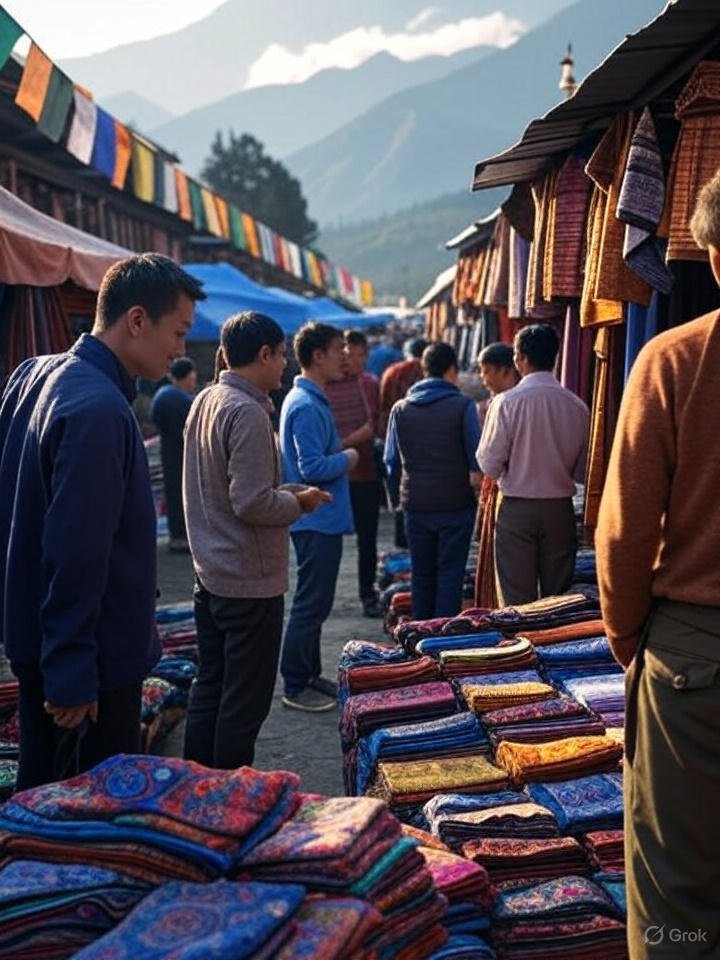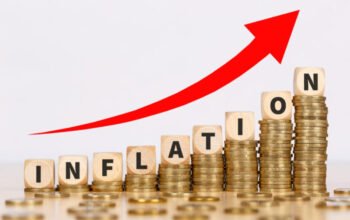The clock neared 4:15 PM PKT on August 9, 2025, as traders shuffled papers in Thimphu’s modest financial district, the scent of incense drifting from a nearby temple. Outside, the hum of motorbikes mingled with the rustle of prayer flags, a scene that blends tradition with a growing economic heartbeat. Bhutan, the Himalayan kingdom famed for its Gross National Happiness, is steering its finances with a steady hand, balancing hydropower riches with rural needs. As global eyes turn to its unique model, this small nation charts a path that defies conventional wealth measures, offering lessons in sustainability and resilience.
The Hydropower Engine
Bhutan’s economic story centers on water. Hydropower generates $700 million annually, accounting for 25% of GDP in 2024, with India absorbing 70% of the output. The Sunkosh Reservoir, nearing completion in Dagana, promises 1,125 megawatts by late 2026, its $1.5 billion cost split with New Delhi. This project, employing 2,000 locals, will boost exports by $200 million yearly, per Druk Green Power Corporation (DGPC) estimates. In Laya, herder Pema Choden feels the shift—her village’s new microgrid, active since May 2025, powers 50 homes with 50-kilowatt units, cutting diesel costs by $5,000 annually.
Revenue funds public goods. The 2024 budget allocated 12% to health and 15% to education, with hydropower profits seeding a $10 million tech scholarship fund. Yet, risks loom. A 2023 drought slashed output 15%, prompting a $15 million solar backup plan for 2026. Farmer Ugyen Tshering, 50, from Punakha, worries about land loss—Sunkosh will flood 2,000 hectares, displacing 300 families. Compensation offers training, but he sighs, “This soil was our savings.”
Banking on Balance
Financial systems evolve cautiously. The Royal Monetary Authority (RMA), Bhutan’s central bank, oversees a network of five commercial banks, with assets hitting $2 billion in 2025. The Bhutan National Bank, the largest, opened a Haa branch in July, serving 5,000 new accounts. Interest rates hover at 7%, low by regional standards, encouraging loans for small businesses. Shopkeeper Sonam Choden in Paro borrowed $2,000 to expand her yak cheese trade, her sales up 40% online since 2024.
Microfinance gains ground. The National Women’s Association launched a $500,000 loan program in 2023, aiding 1,000 rural women. Weaver Pema Tshering, 45, used $300 to buy a loom, doubling her income to $200 monthly. Repayment rates hit 95%, reflecting trust. However, urban-rural gaps persist—only 30% of Bumthang villagers have bank accounts, prompting mobile banking trials with India’s Paytm, starting next month.
Tourism’s Golden Thread
Tourism weaves $100 million into the economy yearly, drawing 200,000 visitors in 2024. The “Bhutan Tech Trail,” launched June 2025, added $50,000, showcasing gadgets and culture. Gelephu’s new eco-resort, opened in March, hosts 500 guests monthly, employing 100 locals. Revenue supports a $20 million textile industry boost, with Queen Jetsun Pema’s 2023 summit kira sparking a 40% sales rise in Thimphu markets.
Sustainability guides this growth. The $65 daily tariff, including lodging and guides, funds conservation, with 60% of 2025 earnings—$60 million—earmarked for reforestation. Yet, strain shows. In Haa, resident Ugyen Dorji notes, “Too many feet wear our trails.” The government caps visitors at 250,000 for 2026, balancing income with peace.
Trade and Regional Ties
Trade leans heavily on India, which buys 80% of exports—hydropower, apples, and cardamom—totaling $800 million in 2024. The August Thimphu Summit sealed a $150 million Indian road deal, linking Paro to Assam, expected to lift trade 10% by 2027. Bangladesh explores hydropower imports, eyeing a $50 million deal, while Nepal shares soil sensor tech, boosting Punakha yields 15%.
Imports, $1 billion in 2024, strain reserves. Fuel and electronics from India dominate, with a $200 million deficit. The RMA floats a 2026 barter plan—power for goods—to ease this. Currency, the ngultrum, pegged to the Indian rupee, steadies trade but limits flexibility. A 5% rupee dip in 2023 hit importers hard, prompting a $10 million stabilization fund.
Rural Wealth and Challenges
Rural finances hinge on farming and crafts. Apples from Bumthang fetched $5 million in 2024, up 20% with better storage. The Haa Summer Festival, running through August, sells 500 textiles monthly, funding school fees for 200 children. Soil sensors, adopted by 1,000 farmers, cut water use 10%, per 2025 data.
Poverty lingers, though. 8% of the 770,000 population lives below $2.50 daily, mostly in Trashigang. The 2025 vocational program, targeting 5,000 youth by 2027, offers hydropower and tourism skills, with 500 enrolled. Unemployment sits at 4.5%, with youth like 22-year-old Sonam Choden awaiting jobs. “Training’s good, but where’s the work?” she asks, echoing rural frustration.
Investment and Innovation
Foreign interest grows. Japan’s SoftBank visited in July 2025, eyeing solar-hydropower hybrids, while the UN praised the Laya microgrid in a sustainability report. GreenTech Solutions, a Thimphu startup, sold 200 panels in 2025, projecting $500,000 by 2027. The stock exchange, launched 1993, lists five firms, with a $50 million market cap—small but steady.
Corruption dents trust. A 2023 audit found $2 million misused in a tourism project, leading to two resignations. The Anti-Corruption Commission, strengthened in 2025, recovered $1 million, but public faith wavers. Trader Dorji Wangchuk, 55, muses, “We watch our leaders closer now.”
A Future in Focus
As dusk settled, Thimphu’s lights flickered on, powered by the rivers above. The 2026 budget, due in December, will detail a $20 million tech fund, while Sunkosh’s completion aims for energy self-reliance. Bhutan’s financial path blends caution with ambition—wealth that lifts without losing its soul. For Pema Choden, it’s clear: “Our hills give, and we share.” In a world chasing profit, this kingdom measures riches by harmony, a lesson echoing from its peaks.



